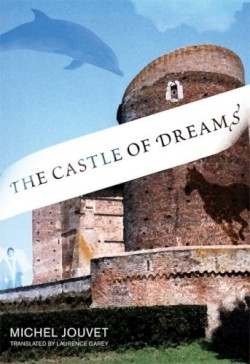The Castle of Dreams
Jouvet, a scientist specializing in sleep and dreams, presents the papers of Hugues la Scève, happily found in a chest bought at auction. In the papers, la Scève, an amateur scientist, records his investigations into the genesis and mechanism of dreams.
Jouvet’s rich characterization of life in eighteenth-century France, his depiction of la Scève’s self-sufficiency in devising his “visual” analytical system (complete with color-coded cards) and his recruitment of subjects; his dream data from the blind, from Siamese twins, and from accommodating women reporting post-coital dreams (or lack of them), is masterful. Two centuries before science recognized rapid eye movement (REM) la Sceve is noting it. He is also exploring the neuroanatomy of abnormal babies (“they are blind—although they can smile in their dreams”), and observing persons with head injuries. La Scève is no stay-at-home: he travels and meets with people of suspect faith and politics (and acquires a police record); he has a science vs. faith conflict with a hoped-for ally, he references the work of other scientific worthies, all actual persons.
Jouvet provides a splendid journey through a surprising range of daily living and nightly dreaming in Europe of the Enlighten-ment, while presenting through la Scève an investigation of the “oneiric machine” and the genesis of modern sleep research.
Reviewed by
Peter Skinner
Disclosure: This article is not an endorsement, but a review. The publisher of this book provided free copies of the book to have their book reviewed by a professional reviewer. No fee was paid by the publisher for this review. Foreword Reviews only recommends books that we love. Foreword Magazine, Inc. is disclosing this in accordance with the Federal Trade Commission’s 16 CFR, Part 255.

